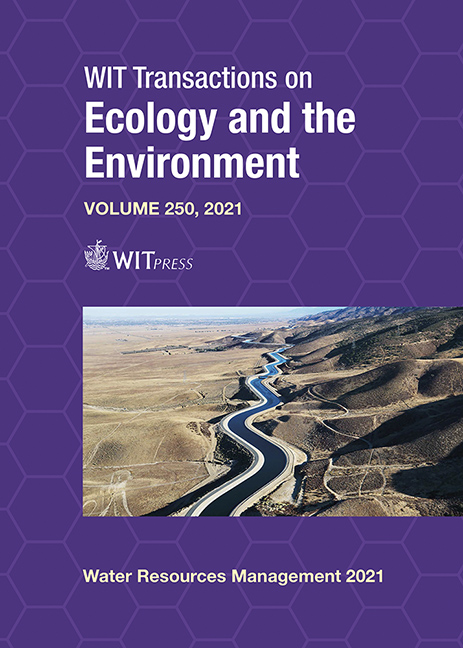NATURE-BASED SOLUTION AS FLOOD PROTECTION STRATEGIES: THE CASE OF CARAHÁ RIVER PARK, BRAZIL
Price
Free (open access)
Transaction
Volume
250
Pages
12
Page Range
209 - 220
Published
2021
Size
862 kb
Paper DOI
10.2495/WRM210181
Copyright
Author(s)
RENATA V. DE OLIVEIRA GOBETTI, ORNELLA SALIMBENE, DEBORAH ANEPINTO
Abstract
Following the road paradigm, many cities, at the beginning of the 20th century, experienced a reckless increase in the number of vehicles on the road causing an unsustainable urban and environmental situation. The origin of the problem surely lies in the occupation of the preserved areas. In many South American states, for example, highways generally ignore the presence of environmental obstacles (such as rivers) as they may cause a “delay in modernization”. As a result, riparian forests are invaded and turned into highways, water beds are channeled and most rivers are contaminated with wastewater. Due to the occupation of green and riparian areas, urban floods have become more and more and consequently urban spaces have been disqualified. This situation also involved the Carahá River that crosses the city of Lages in southern Brazil, in fact the river embankment has become completely impermeable due to the construction of an urban road. Proposing urban spaces with an emphasis on improving environmental quality and integrating forms of public transport are basic points that could lead to the sustainable development of our cities. In this context, the aim of this research is to propose a sustainable river project for the Carahá River, with the aim of presenting nature-based solutions to prevent floods and improve the environmental, functional and aesthetic quality of the city. To develop this research, first theoretical studies were carried out on the relationship between rivers and cities, secondly three international case studies and related literature were analyzed with the aim of deepening the knowledge of the connection between rivers and population. Finally, an intensive study of the territory was carried out and a social analysis was conducted through a semi-structured interview in which the population of Lages participated. The result of this study contributed to effectively defining the intervention guidelines for the Carahá river park project considering, as an added value, also the main needs of citizens.
Keywords
river revitalization, flood disaster management, nature-based solutions (NBS), Brazil





